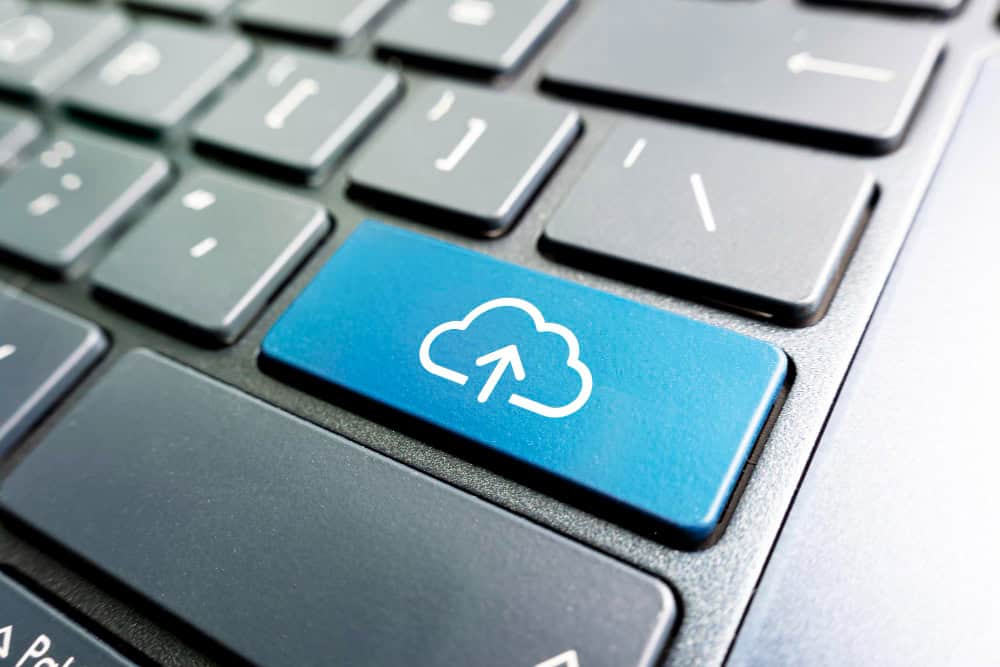Les pays en développement, qui vont de la pauvreté à la classe moyenne, offrent les marchés à la croissance la plus rapide.
Table des matières
ToggleLes MNO qui ont une vision à long terme ont la possibilité de pénétrer sur un marché en croissance dans le but de s'y implanter, même si, au départ, les revenus sont faibles.
C'est particulièrement vrai dans le cas d'un service comme l'argent mobile, qui est utilisé avec un produit difficile à changer, comme un téléphone mobile ou une banque.
Ces marchés peuvent s'avérer plus rentables que prévu à long terme, en raison de l'utilité du produit pour les clients.
La valeur : les défis dans les pays en développement
Selon MicroWorldla moitié des adultes dans le monde n'ont pas accès aux services financiers de base :
- Près de 75% des adultes qui gagnent moins de soixante dollars par mois n'ont pas de compte bancaire.
- Comparé aux 10% de personnes dans les pays développés qui n'ont pas de compte bancaire, plus de 50% des personnes dans les pays en développement n'ont pas de compte bancaire.
Pourquoi en est-il ainsi ? Il y a plusieurs raisons :
- Ils ne gagnent pas assez pour justifier un compte en banque.
- Tout d'abord, dans les zones frappées par la pauvreté, il est nécessaire de dispenser une éducation financière afin que les gens puissent prendre des décisions financières saines. Ils doivent savoir quels produits sont les plus avantageux pour eux. En outre, là où les gens gagnent très peu, il n'y a pas de besoin de bancariser l'argent et il n'y a pas d'argent supplémentaire disponible pour l'épargne.
- De nombreuses personnes qui vivent dans les pays en développement ne possèdent pas de d'identification formelle ce qui les empêche d'ouvrir un compte bancaire.
- Ceux qui ont accès aux moyens de paiement virtuels manquent de confiance dans la méthode ; il est nécessaire de leur donner des moyens d'agir sur le service.
- Ne pas avoir accès à une agence bancaire est un autre défi pour de nombreuses personnes vivant dans les pays en développement.
- Des revenus irréguliers ou ou imprévisibles font de la banque formelle une option irréaliste.
- Des produits inadaptés ne répondant pas aux besoins des populations des pays en développement sont proposés par les institutions bancaires.
- Transactionnel sont trop élevés.

L'argent mobile comme solution
Contrairement à la moitié de la population mondiale qui n'a pas de compte bancaire, en 2017, il y avait 690 millions de comptes d'argent mobile enregistrés ; une croissance de 25 % par rapport à 2016.
En Afrique de l'Est, M-Pesa (un service financier par téléphone mobile) compte 28,5 millions d'utilisateurs qui peuvent désormais effectuer des transactions dans plus de 200 pays.
Dominant l'Afrique en développement, en seulement trois mois jusqu'en juin 2018, M-Pesa a traité 581 millions de de transactions.
66% de la population adulte au Kenya, au Rwanda, en Tanzanie et en Ouganda sont déjà des utilisateurs actifs de l'argent mobile.
Pour les personnes non bancarisées, l'argent mobile est une solution réaliste : il est sécurisé, a une portée et est pratique.
L'argent mobile comme passerelle
L'argent mobile a le potentiel de transformer les vies humaines, l'économie, les entreprises et les gouvernements des pays en développement.
Les résultats de McKinsey sur des recherches menées avec des visites sur le terrain au Brésil, en Chine, en Éthiopie, en Inde, au Mexique, au Nigeria et au Pakistan, avec plus de 150 entretiens avec des experts, montre que l'utilisation accrue de l'argent mobile pourrait augmenter le PIB de toutes les économies en développement de 6 % d'ici 2025.
Pour que l'argent mobile puisse servir de passerelle, il faut une infrastructure mobile et numérique de grande envergure, une innovation en matière de services financiers et des produits en ligne qui répondent aux besoins des particuliers et des petites entreprises. Les possibilités de levier pour les ORM sont considérables.
Certains régulateurs autorisent les MNO à émettre de l'argent mobile s'ils demandent une licence d'émetteur d'argent électronique ou similaire.
Pour combler le fossé de l'inclusion financière dans les pays en développement, les MNO ont la possibilité de proposer l'argent mobile comme service, car ils disposent déjà de l'infrastructure nécessaire à l'utilisation du téléphone mobile. En outre, ils peuvent développer des outils financiers mobiles utiles qui servent de catalyseurs pour l'accès à d'autres ressources productives et pratiques correspondant aux besoins des habitants des pays en développement.

Résumé
La transformation digital a changé notre façon de faire des affaires et, pour les MNO en particulier, pose des défis en matière de croissance et de durabilité.
L'argent mobile en tant que service dans les pays en développement est un domaine qui doit être sérieusement envisagé.
Les solutions d'argent mobile d'Adapt IT permettent d'effectuer des transactions complètes d'argent mobile, qu'il s'agisse de conversions, de capacités de paie, de facturation, de recharges de temps d'antenne, de transferts d'argent internationaux ou de portail marchand de commerce électronique. En outre, les ORM sont en mesure de comprendre en profondeur le comportement des utilisateurs lorsque la solution est associée à CDRlive pour enrichir les données, ce qui permet d'améliorer continuellement les services.
Découvrez la révolution des services financiers avec les FinTech

Steven Sutherland - Divisional Executive chez Adapt IT, Leader de la division Télécoms avec plus de 25 ans d'expérience dans le secteur de la Télécommunications et IoT. Professionnel chevronné du marketing, des ventes et du développement commercial à l'échelle mondiale. Il possède un mélange unique, d'esprit d'entreprise et de passion pour la Technologie et les affaires.
Chez Adapt IT, Steven est responsable de la construction et de la croissance de la division des télécommunications sur le dessus de ses compétences logicielles éprouvées dans l'industrie, y compris, mais sans s'y limiter, l'expérience client et le libre-service, NextGen VAS, IoT, FINTECH, et Advanced Analytics. Steven est toujours impatient d'avoir l'occasion de démontrer la valeur que ses plus de 20 ans d'expérience dans ces disciplines peuvent apporter à votre entreprise





